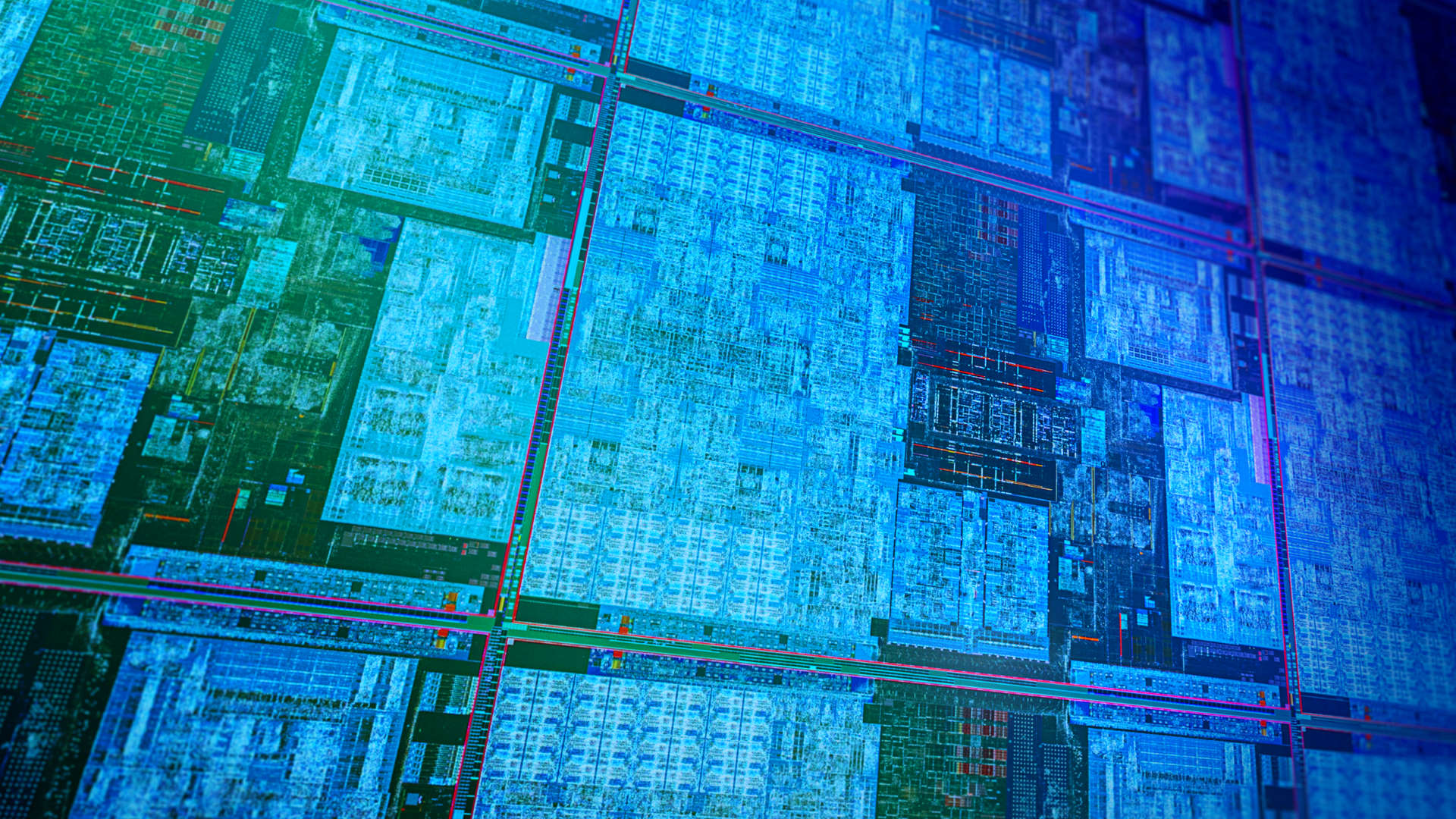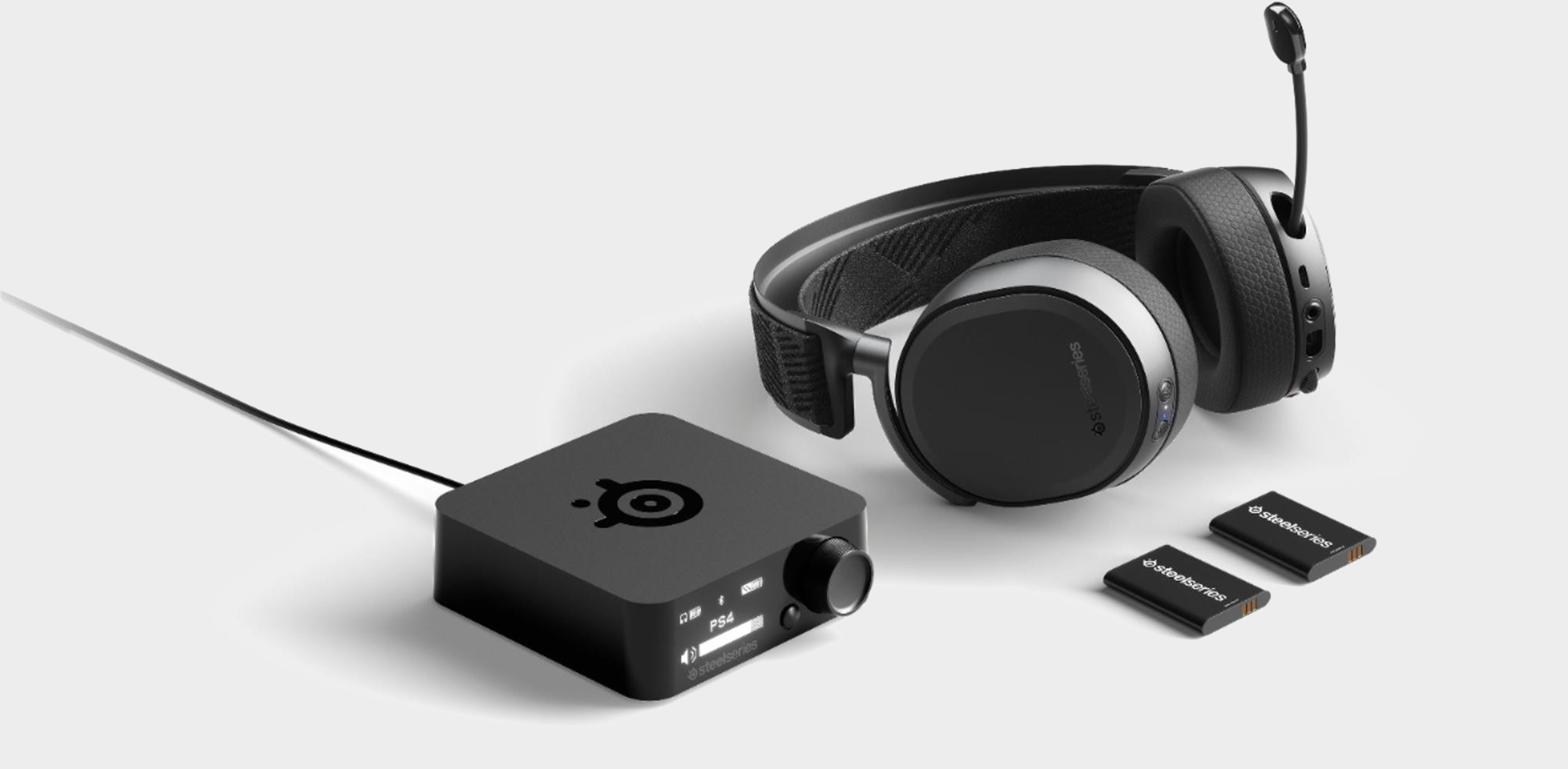Intel has trademarked 'Intel Evo Powered By Core' CPUs... could this be Alder Lake?
A host of new Intel logos have appeared in a trademark database, including the new Intel Evo design.

A host of new Intel logos have appeared on the Justia Trademarks database, showing the company seemingly switching from the ringed 'intel' to a multi-squared, boxed-in version. That in itself is not hugely interesting, aside from which marketing company got paid the big bucks to come up with that simple little design on the back of a napkin. But what might be is the potential new Intel Evo range… could this be Alder Lake?
Without exactly a huge amount to go on this is your invitation to join me over here in wild speculation corner. Settle in and we'll pin some polaroid pictures to a board and see if we can tie some string between them.
These new Intel image trademarks (via @momomo_us) were filed a few days back, and it has to be said that companies do file trademarks which they never go on to use, so there's no guarantee that any of them will actually see the light of day. Remember when AMD trademarked Kyzen? Yeah, that still only exists in trademark databases.
But there's something about the Intel Evo image that has me wondering about it could mean. The combination of the 'Evo' name, the big and little squares, and the 'Powered by Core' tag has me thinking about what new products Intel has in the pipeline. A simple rebrand of the Intel Core range of processors to Intel Evo doesn't strike me as likely given that they're still keeping the 'Core' name in there for reference.
But what if the Core architecture is in these Evo CPUs along with something else?
INTEL EVO POWERED BY CORE I5 Trademark Application of Intel Corporation - Serial Number 90069922 :: Justia Trademarkshttps://t.co/dPneHQD88s pic.twitter.com/t29IM5zrewJuly 29, 2020
That's what the upcoming Intel Alder Lake platform, expected to land sometime in the tail-end of 2021, is set to offer. It's already being benchmarked, so it's definitely happening. Definitely. Using the Intel Hybrid Technology pioneered by the Lakefield CPU designs, Alder Lake is set to pair Intel's high-power Core CPU cores with lower-spec, lower-power Atom cores in the oft-maligned big.LITTLE configuration.
That's a style of processor design originally created by ARM (and you have to use the big.LITTLE styling, it's the LAW) which paired low-power cores with faster ones. The idea is that high-performance cores aren't hugely efficient when they're doing more menial computing operations that could be as ably run by cores designed to run with lower power demands.
The biggest gaming news, reviews and hardware deals
Keep up to date with the most important stories and the best deals, as picked by the PC Gamer team.

Best wireless gaming mouse: ideal cable-free rodents
Best wireless gaming keyboard: no wires, no worries
Best wireless gaming headset: top untethered audio
In Alder Lake the speculation is that the top chips will match eight advanced Golden Cove cores with eight of the latest Gracemont Atom cores. That would make it an evolution of the current Core CPU design, which y'know, kinda fits with the potential Evo nomenclature.
I'm fascinated by the potential for this big.LITTLE configuration from Intel, partly because it's something genuinely different from the chip giant, partly because I enjoy writing big.LITTLE as it upsets Alan, but also because it's been almost universally derided as a fruitless endeavour by industry watchers.
Intel must see something in the design. Surely. Or else I guess it could be Intel's very own Bulldozer... What else could Evo Powered By Core be? Thought on the back of a postcard to Dave, Speculation Corner, PCG Towers please.

Dave has been gaming since the days of Zaxxon and Lady Bug on the Colecovision, and code books for the Commodore Vic 20 (Death Race 2000!). He built his first gaming PC at the tender age of 16, and finally finished bug-fixing the Cyrix-based system around a year later. When he dropped it out of the window. He first started writing for Official PlayStation Magazine and Xbox World many decades ago, then moved onto PC Format full-time, then PC Gamer, TechRadar, and T3 among others. Now he's back, writing about the nightmarish graphics card market, CPUs with more cores than sense, gaming laptops hotter than the sun, and SSDs more capacious than a Cybertruck.

